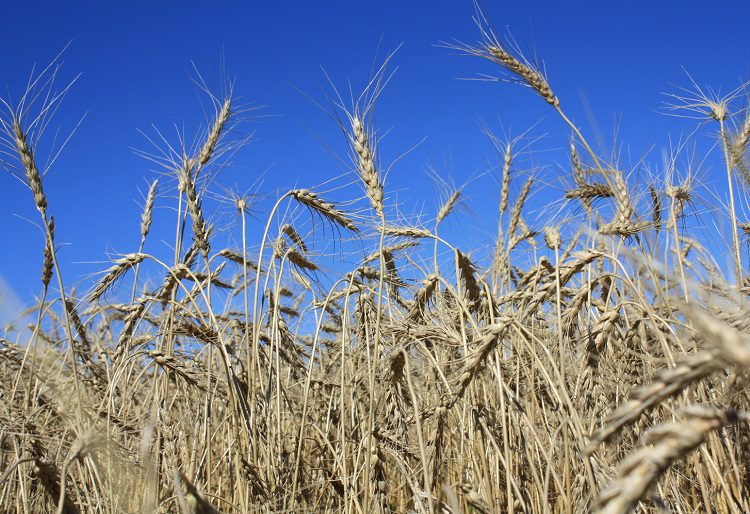All about 00 flour
January 20, 2022 by Darcie“It’s all about the grind, not the grain.” That’s what the founders of an artisanal grain mill near me have to say about their products, and it’s also a partial answer to the question “what, exactly, is 00 flour?” Renowned chef Alice Waters tackles this question over at MasterClass, regaling us with the ins and outs of this Italian flour.

The confusion for many of us here in the States is that we typically base flours by their protein level, which can be used as shorthand for how much gluten the flour contains. Cake flour contains the least amount of gluten, followed by all-purpose and then bread flour. However, in Italy the flour is labeled by the fineness of the grind within a range of 00 to 2, where 00 is the finest and 2 is the coarsest, and 00 flour can be made from any variety of wheat. However, the typical 00 flour is made from a soft wheat.
The powdery-soft grind of 00 flour helps to create the perfect texture for foods like pizza and pasta. “The difference in grind size affects the hydration levels of either flour—recipes that call for baby powder-fine 00 flour require far less water than those that use AP flour,” Waters explains. If you have trouble finding 00 flour nearby, there are many places that will ship it to you. The only caveat is that flour is heavy, so shipping costs are often high.
Categories
- All Posts (6940)
- Antipasto (2135)
- Author Articles (247)
- Book News (935)
- Cookbook Giveaways (983)
- Cookbook Lovers (257)
- Cooking Tips (109)
- Culinary News (299)
- Food Biz People (552)
- Food Online (791)
- Holidays & Celebrations (272)
- New Cookbooks (149)
- Recipes (1500)
- Shelf Life With Susie (231)
- What's New on EYB (133)
Archives
Latest Comments
- Atroyer7 on Danube Cookbook Review and Giveaway
- demomcook on What foods do you look forward to the most for each season?
- demomcook on Danube Cookbook Review and Giveaway
- Darcie on How cookbooks can help build resilience
- mholson3 on Danube Cookbook Review and Giveaway
- Rinshin on How cookbooks can help build resilience
- sarahawker on Danube Cookbook Review and Giveaway
- Sand9 on Danube Cookbook Review and Giveaway
- hankintoby29 on Heritage Cookies of the Mediterranean World – Cookbook Giveaway
- WBB613 on Feasts of Good Fortune Cookbook Giveaway